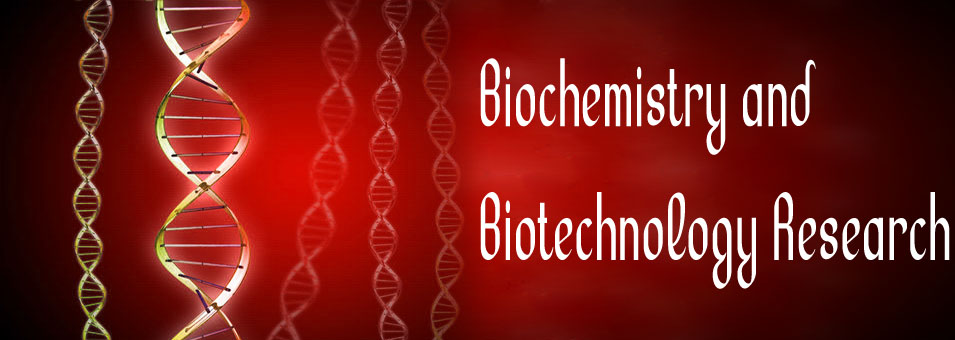Lead-induced increase in erythrocyte osmotic fragility and malondialdehyde concentration in Wistar rats: Chemo-protective effects of flavonoid mixture
Yusuf I. L., Akefe I. O., Tijjani M. B., Yusuf H., Salihu S. I. and Muhammad Z.Biotechnology and Biochemistry Research
Published: January 26 2018
Volume 6, Issue 1
Pages 9-14
Abstract
Lead has been affirmed as a potent toxicant impairing physiological functions and causing innumerable perturbations at cellular and tissue levels. Daflon® 500 mg is a flavonoid fraction of Rutaceae aurantiae comprising 90% diosmin and 10% hesperidin. The aim of this study was to evaluate the effect of flavonoid mixture against cellular injury caused by lead-induced generation of free radicals. Forty adult male Wistar rats divided into five groups of eight animals each were used for the experiment. Group I was administered distilled water only. Group II: lead (250 mg/kg BW), group III: lead (250 mg/kg BW) followed by dimercaptosuccinic acid (DMSA) (10 mg/kg BW), group IV: lead (250 mg/kg BW) followed by Daflon® (100 mg/kg BW) and group V: lead (250 mg/kg BW) followed by Daflon® (100 mg/kg BW) and DMSA (10 mg/kg BW). The xenobiotics were all administered orally. At the end of four weeks, EDTA-blood samples and serum samples were collected from the rats, and were used to evaluate changes in erythrocyte osmotic fragility and lipid peroxidation, respectively. Experimental exposure of rats to lead caused an increase in erythrocyte osmotic fragility (EOF) and lipid peroxidative changes, while administration of Daflon® ameliorated the ensued damages. In conclusion, is plausible that the flavonoid mixture alleviated the detrimental effects of lead toxicity via its membrane stabilization, cytoprotective and osmoregulatory potentials.
Keywords: Lead, flavonoid, Daflon®, erythrocyte fragility, lipid peroxidation.
Full Text PDF
